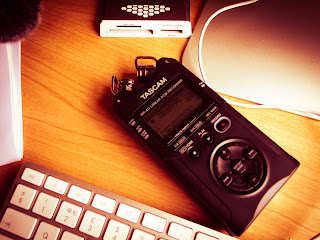It went with my daughter to uni, then to the U.S. and eventually made its way home via a 10 month stay in China.
Since then is done a bit of Ebay photography duty but pretty much stayed in its camera bag. Until recently when I was sorting through stuff and came upon it, I started playing with it and remembered all the things I had liked about it.
OK, so things get a bit noisy above 400 ISO but I really liked the Art mode preset Grainy Film so it didn't really matter. I've been using it for portraits.
These are jpg sooc with just resizing in Lr CC
 |
| Olympus PEN E-1 Zuiko 40-150mm |
 |
| Olympus PEN E-1 Zuiko 40-150mm |



